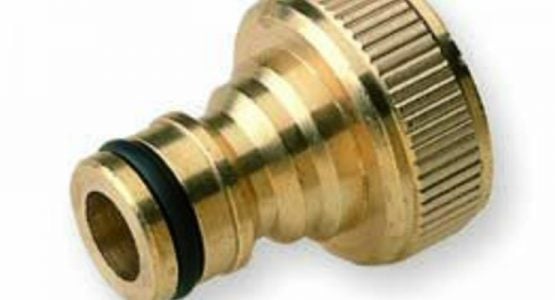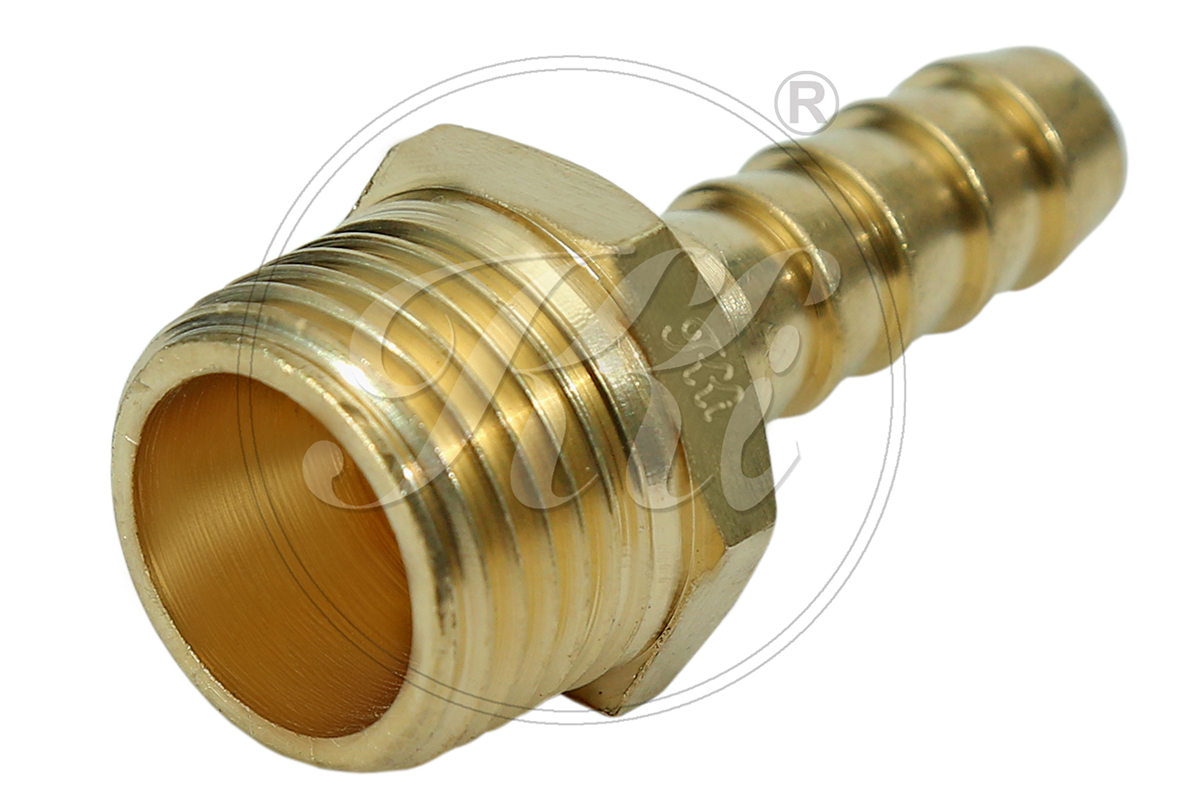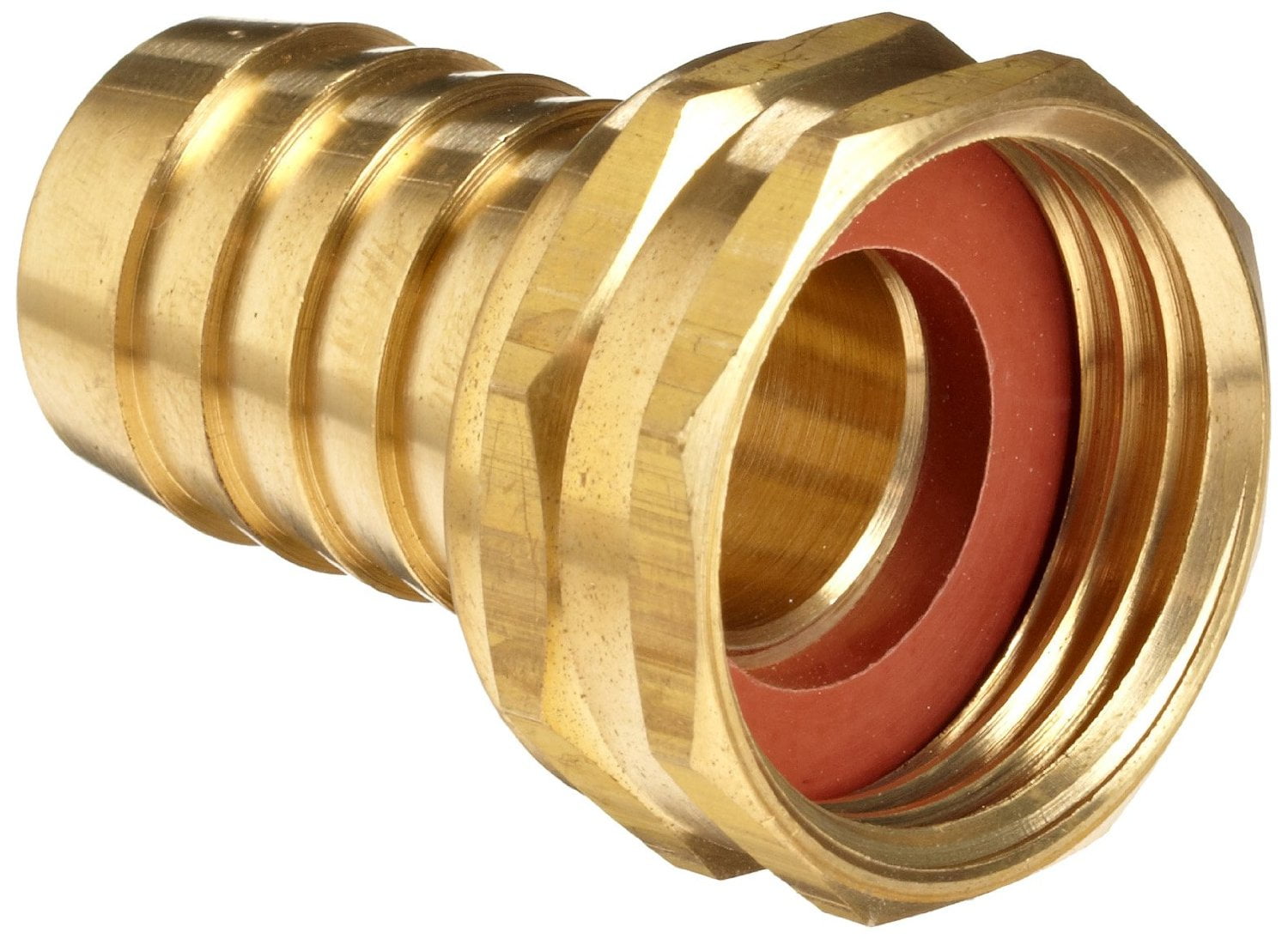
We evaluated our initial picks based on dry weight, friction when dragged, kink resistance, as well as rate of flow. Many of the hoses on this list have been thoroughly vetted and evaluated by the Popular Mechanics test team. The Best Garden Hose Reels for Any Home.11 Best Garden Hose Nozzles for Healthy Plants.If you plan to use a connector, double-check it’s rated to stand up to the pressure you intend to put through the hose. While they’re much easier to connect and remove fast, they may not be able to take the same water pressure as a traditional fitting. Some hoses now offer quick-connectors, which use a pull-back collar to attach to a spigot or attachments. Cast brass connections are the most durable option, but may be tougher to tighten than the thinner alternatives. Stamped brass is thinner and easier to bench or crush. Brass fittings are generally more weather-resistant, and some, but not all, tend to be more durable. Plastic tends to be a bit easier to use, but won’t hold up against the elements and long-term abuse. The connections on a hose are typically made of either plastic or brass. FittingsĪ hose is only as good as its fittings, and there’s a wide spectrum. Ordinary, or unapproved, hoses can leach lead, BPA, or phthalates into the water as it passes through them. If you or your animals drink water from the hose, if you fill kids’ swimming pools, or if you connect to an RV, you’ll want to get a hose approved by the National Sanitation Foundation (NSF). You can avoid this to some extent by twisting the hose as you drag it out. If you pull a hose straight from a coil, on the ground, or hanging on a wall, it will kink eventually, as the coils tighten and get smaller. The best way to prevent kinks is to use a hose reel, which helps you roll and unroll your hose without twisting. Virtually all hoses will kink, even the kink-proof kind. This makes them convenient to store, as they collapse when the water is turned off and pressure is released. Some of these hoses expand both in length and diameter when pressurized with water, until the liner is restricted by the woven jacket.

These hoses are very flexible, do not have any coil memory, and rarely kink as a result. There’s a newer variety of hose that has a very thin, flexible lining inside a woven, fiber jacket. Vinyl, used for inexpensive hoses, is heavier, prone to kinking, and often has a strong coil “memory.” Polyurethane and hybrid hoses have less coil memory, and will lay flatter as temperatures rise, or if used in the sunlight. Polyurethane and hybrids tend to be more kink resistant, and lighter.

Rubber tends to be more flexible regardless of temperature, but it’s also the heaviest. Hoses are typically made of rubber, rubber hybrids, vinyl, or polyurethane. The half-inch hose and 5/8-inch hose held 73- and 104-percent more water by weight, respectively. Of the 50-foot hoses we tested, the smallest diameter was 7/16-inch -inches, which held 3.25 pounds of water. A smaller diameter weighs less, but it also holds less water, making it lighter while you’re using it too. There are two simple ways to reduce the weight of a garden hose-make it out of lighter material or use less material by reducing the hose’s diameter or wall thickness.

The trend is toward lightweight, kink-resistant hoses that are designed to address these common complaints. They’re heavy, difficult to drag around, and seem to kink just as you turn on the water. If you’ve ever wrestled with a garden hose, you know how unwieldy they can be. What to Consider When Buying a Garden Hose

The good news is, my garden now gets all the water it needs, and I can use my insight to help you get the hose that best fits your needs. So, I’ve had to get creative, and over the seasons I’ve tried a few different systems and a lot of different hoses. That means no easy access to the thing a garden needs most: water. On my wooded property, the only sunny spot to put a vegetable plot is a considerable distance from my house. My expertise on garden hoses developed out of necessity. I’m also a constant DIYer on my mini-homestead in rural Pennsylvania. Show more The Expert: I’m a freelance journalist whose work has appeared in The New York Times, The Washington Post, The Wall Street Journal, National Geographic, BBC, Sierra, Popular Science, and tons of other national and international publications.


 0 kommentar(er)
0 kommentar(er)
